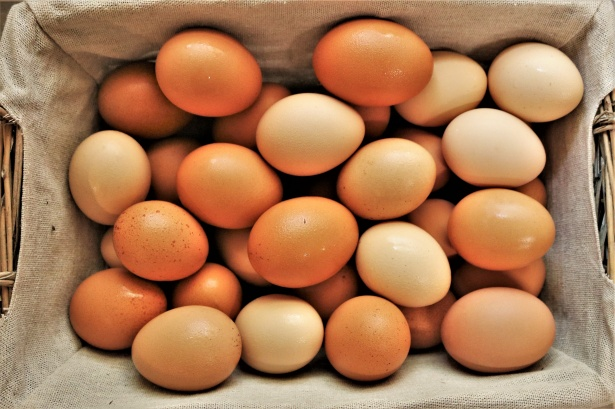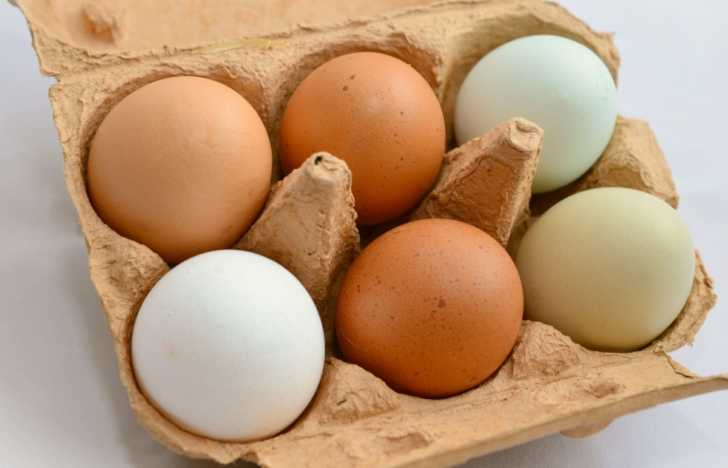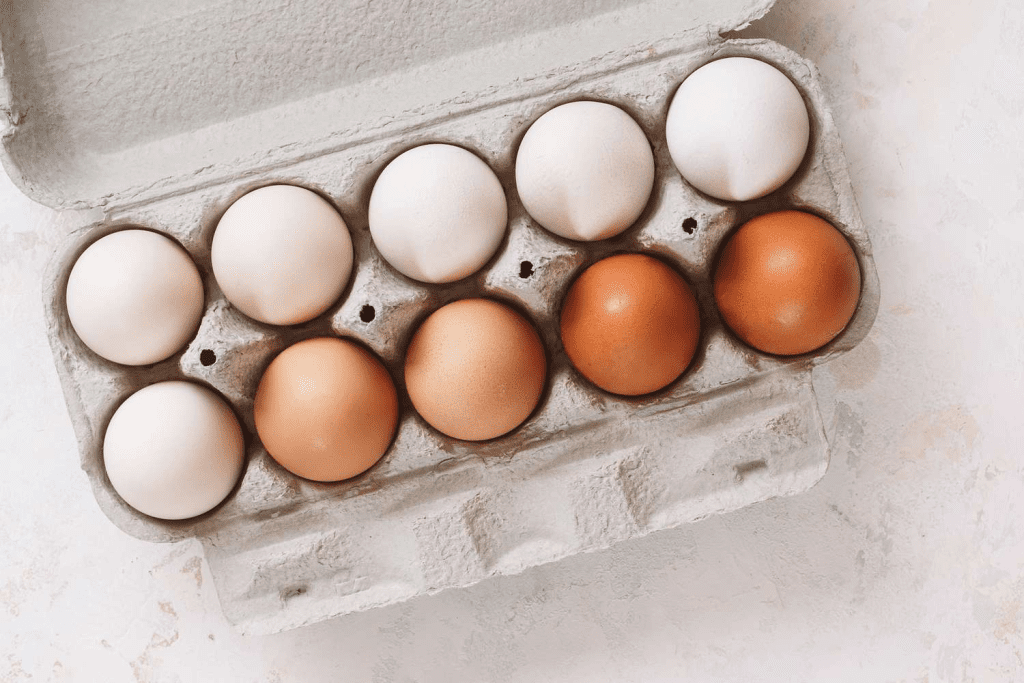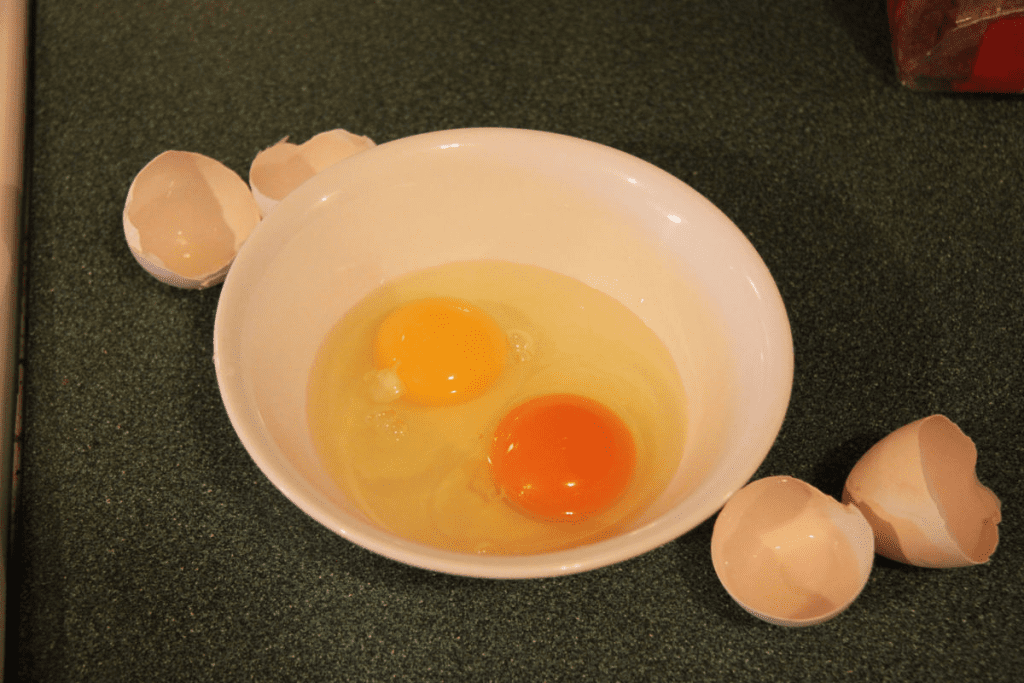Eggs are a staple in almost every household, whether scrambled, fried, or hard-boiled. But have you ever wondered why some eggs are brown while others are white? More intriguingly, why do brown eggs often come with a higher price tag? There’s more to the story than just shell color, and it might surprise you to know that it all comes down to genetics, farming practices, and even the chickens’ diet. Let’s crack open the facts about this egg-citing debate!

What Determines Egg Color?
One of the most common misconceptions is that brown eggs are healthier or more natural than white eggs. However, the color of an eggshell is determined purely by the genetics of the hen that laid it. Sharman Hickman, the director of community outreach and education for Hickman’s Family Farms, explains that genetics—not nutrition—dictate the shell color.
During the egg-laying process, all eggs start out white. As the egg moves through the hen’s reproductive tract, a pigment is added, which can turn the shell brown, white, or even blue! Yes, some chickens lay blue eggs, too.
According to Jesse LaFlamme, CEO of Pete and Gerry’s Organic Eggs, the color of a hen’s earlobes can predict what color eggs it will lay. For example, Leghorn chickens, known for their white earlobes, lay white eggs, while Rhode Island Red chickens, with their reddish earlobes, lay brown eggs. So if you’re looking for a rainbow of eggs, check out breeds like the Ameraucana, which lay blue-shelled eggs.
Why Brown Eggs Are Pricier Than White Eggs
So, why the price difference? It all comes down to the chicken’s size and feeding habits. Brown egg-laying hens, such as Rhode Island Reds, tend to be larger and require more feed than their white-egg-laying counterparts like the Leghorns. More feed equals higher costs, and that expense is passed along to consumers.
As Hickman explains, “Chickens that lay colored eggs are typically larger and require more feed and energy to produce eggs. That’s why brown eggs tend to be more expensive at the store.” It’s not about nutrition or quality; it’s about the economics of raising larger birds that eat more.

Is There a Nutritional Difference Between Brown and White Eggs?
When it comes to nutritional content, the color of the eggshell has absolutely no bearing. Malina Linkas Malkani, MS, RD, CDN, and spokesperson for the Academy of Nutrition and Dietetics, emphasizes this point: “Choosing between brown and white eggs is a matter of personal preference. The color of the eggshell is related to the breed of the hen, not the egg’s nutrient content, flavor profile, quality, or shell thickness.”
The real determining factor for nutrition is the diet of the hen. Hens that are fed a diet rich in Omega-3 fatty acids and vitamin D will produce eggs with higher concentrations of these nutrients, regardless of whether the eggshell is brown or white. In other words, it’s what’s inside the egg that counts—not the color of the shell.
The Impact of Hen Feed on Egg Quality
If you’re after the most nutritious eggs, pay attention to the diet of the hens rather than the shell color. Eggs labeled “pasture-raised” or “Omega-3 enriched” often come from hens that have been fed nutrient-rich diets, resulting in eggs that contain higher levels of vitamins, minerals, and healthy fats. These hens typically roam outdoors and have access to a variety of foods like insects and grass, which contribute to the nutrient profile of their eggs.

So while brown eggs may sometimes be perceived as healthier due to their higher price point, the true measure of nutrition comes from how the hens are fed and raised.
The Myth of Thicker Shells
Another popular myth is that brown eggs have thicker shells than white eggs, making them sturdier or better for certain recipes. This isn’t true. The thickness of an eggshell is actually determined by the age of the hen—older hens tend to lay eggs with thinner shells, while younger hens produce thicker-shelled eggs.
So whether you crack a white egg or a brown egg, the shell’s thickness has more to do with the hen’s age than with the color of the shell. Both types of eggs can be used interchangeably in cooking, baking, and other culinary applications.
Are Brown Eggs Better for Baking?
Another common question is whether brown eggs are better for baking than white eggs. The answer? Not at all. Since there’s no difference in taste, structure, or nutritional content between brown and white eggs, you can use either one for all your baking needs. Some people may perceive a slight difference in flavor due to the diet of the hen, but when it comes to the actual egg, both varieties perform the same in the kitchen.

So feel free to use whichever eggs you have on hand, whether you’re whipping up a cake or scrambling breakfast.
Conclusion: What Really Matters When Choosing Eggs?
At the end of the day, the choice between brown and white eggs is largely a matter of personal preference. The color of the shell has nothing to do with the egg’s nutrition, flavor, or quality. The real factors that influence an egg’s nutritional profile are the hen’s diet and the farming practices used to raise the chickens.
Brown eggs may cost more, but that’s because the chickens that lay them require more feed—not because they’re inherently superior. So whether you’re buying brown eggs for their aesthetic appeal or sticking with the more affordable white eggs, know that both options offer the same great taste and nutritional benefits.
Next time you’re at the store, pick whichever eggs suit your budget and preferences, knowing you’re getting the same nutritious food regardless of shell color.


